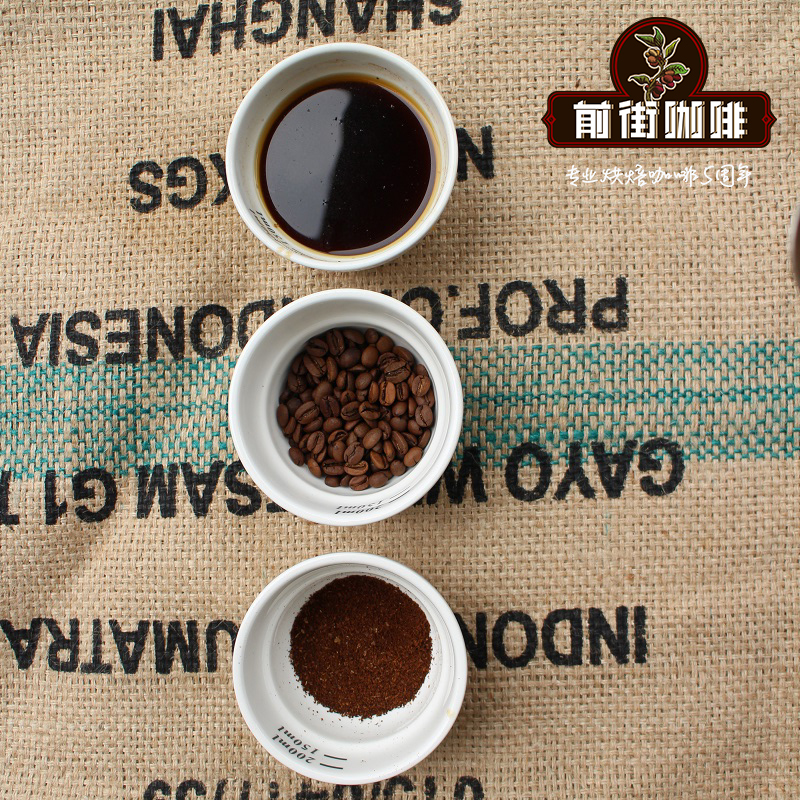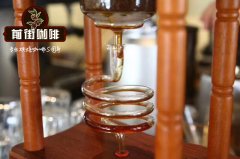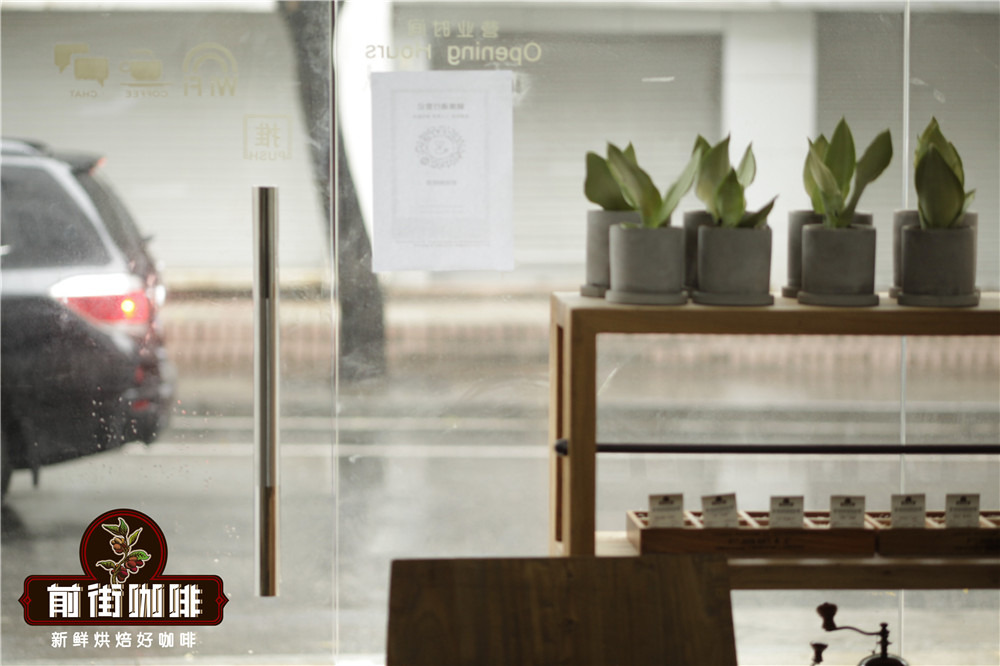What kind of coffee is Rosa Coffee? what brand of Rosa Coffee beans are good?

Professional coffee knowledge exchange more coffee bean information please follow the coffee workshop (Wechat official account cafe_style)
In recent years, the coffee market is becoming more and more popular, many brands of coffee shops have opened, and in recent years, the most popular coffee in the coffee industry is Rosa Coffee. Rosa coffee is also known as geisha coffee because its pronunciation is similar to that of Japan, so it is also known as geisha coffee. In recent years, both coffee competitions and coffee shop owners have seen Rosa Coffee.
Let's learn about Rose Summer Coffee. First of all, Rose summer is a variety. Not a specific type of coffee.
As early as before 2004, Panamanian boutique coffee was not valued by the international coffee industry. however, just after 2004, after the discovery and fame of "geisha coffee", it repeatedly won the Panamanian national treasure bean cup test and dominated all the way to 2007.
Introduction of Rosa Coffee Brand:
Although geisha coffee beans have flourished in Panama, after expert identification, the variety of geisha coffee beans actually comes from Ethiopia's coffee gene treasure house, the Kafa Forest, or Gesha Moutain in southwestern Ethiopia, at an altitude of about 1700 to 2100 meters above sea level.
It turned out that at that time, geisha was regarded as a kind of coffee bean with strong disease resistance, so it was used to "mix" with other coffee trees to improve the disease resistance of other coffee trees, but the yield of geisha coffee beans was too low. and the flavor is not recorded (note: the author guesses that the environmental flavor in Panama may be better), so it was completely lost for a long time and was not discovered until recently.
Rudolph A.Peterson, a Swedish-American financier, retired in 1964, moved to Panama and bought Bouquete's emerald estate to focus on dairy. A former president of Bank of America and a big shot in financial circles at the time, Rudolph bought Hacienda La Esmeralda only for vacation and later retirement, and it should not have been expected that the estate would become world-famous and even become a representative of the Panamanian boutique coffee estate.
[Emerald Manor] consists of four farms: Ca ñ as Verdes, El Velo, Jaramillo and Palmira. All coffee beans are sent to four farms for post-processing. The first farm bought by the Peterson family, the owner, was Palmira.
Panama's very famous jadeite manor La Esmeralda is located in the Panamanian boutique bean producing area of Bogut, where the coffee grown in this area is mainly Typica,Bourbon, Catual, Geisha, and won the Rainforest Alliance Certificate because of its care and special care for the natural environment. Although the Jade Manor is famous for its geisha breeds in the world, its unique manor environment and raw bean processing technology make the manor coffee beans loved.
"Red Standard", "Green Standard" and "Blue Standard" of Jadeite Manor
Important Notice :
前街咖啡 FrontStreet Coffee has moved to new addredd:
FrontStreet Coffee Address: 315,Donghua East Road,GuangZhou
Tel:020 38364473
- Prev

What's the best coffee? What is the most expensive kind of coffee in the world?
Professional coffee knowledge exchange more information about coffee beans Please follow the coffee workshop (Wechat official account cafe_style) what are the best coffee beans in the world? What is the best coffee bean in the world? Some people will say Kopi Luwak, some people will say Blue Mountain Coffee, some people will say St. Helena Coffee. But right now, the best coffee in the world should be rosy coffee.
- Next

Jadeite Manor Red Standard Rose Summer Coffee beans what grade price is expensive? Rosa coffee flavor characteristics taste
Professional coffee knowledge exchange more coffee bean information Please follow the coffee workshop (Wechat official account cafe_style) the most popular coffee in the world may be Rose Summer Coffee. Why is Rose Summer Coffee loved by so many countries and coffee lovers? How is Rosa Coffee imported into China? can we buy authentic Rosa Coffee in China? Rose summer Ge
Related
- Detailed explanation of Jadeite planting Land in Panamanian Jadeite Manor introduction to the grading system of Jadeite competitive bidding, Red bid, Green bid and Rose Summer
- Story of Coffee planting in Brenka region of Costa Rica Stonehenge Manor anaerobic heavy honey treatment of flavor mouth
- What's on the barrel of Blue Mountain Coffee beans?
- Can American coffee also pull flowers? How to use hot American style to pull out a good-looking pattern?
- Can you make a cold extract with coffee beans? What is the right proportion for cold-extracted coffee formula?
- Indonesian PWN Gold Mandrine Coffee Origin Features Flavor How to Chong? Mandolin coffee is American.
- A brief introduction to the flavor characteristics of Brazilian yellow bourbon coffee beans
- What is the effect of different water quality on the flavor of cold-extracted coffee? What kind of water is best for brewing coffee?
- Why do you think of Rose Summer whenever you mention Panamanian coffee?
- Introduction to the characteristics of authentic blue mountain coffee bean producing areas? What is the CIB Coffee Authority in Jamaica?

